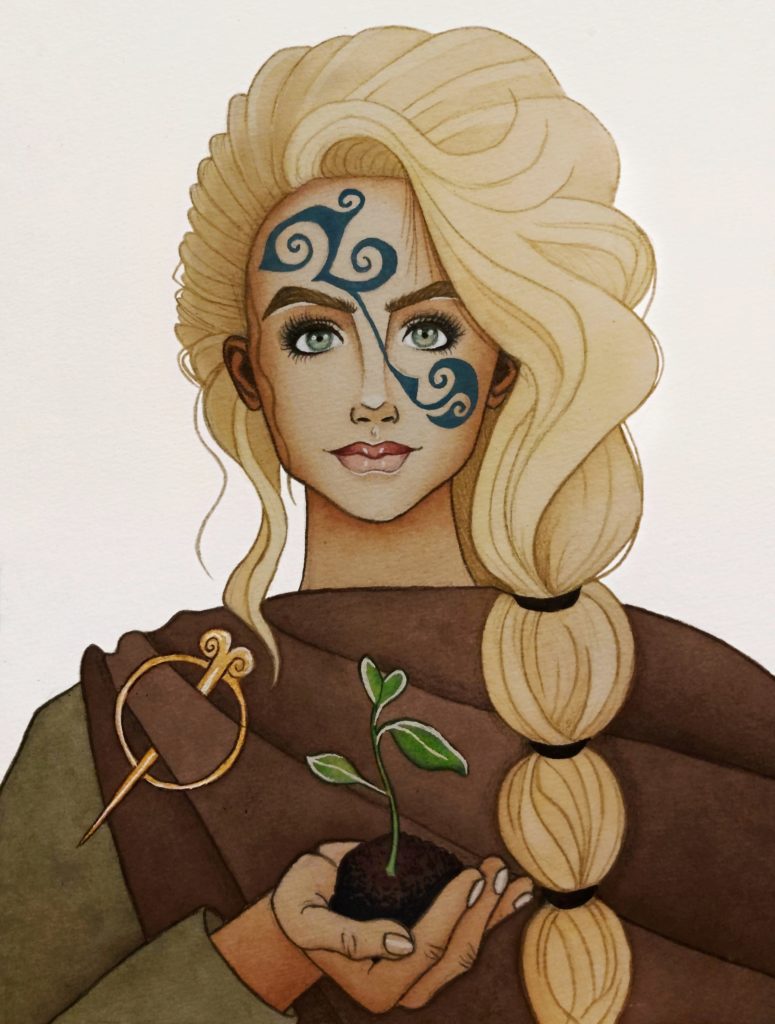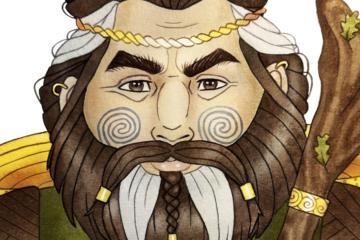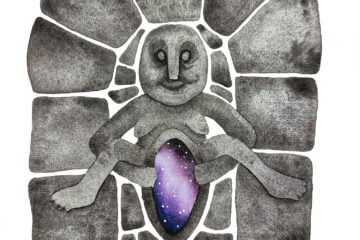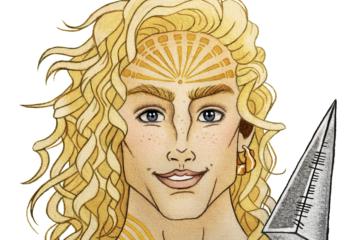
The Goddess Ériu, who shares her name with the Island of Ireland itself (Éire is the modern Irish word for Ireland), is one of the most famous of all the old Irish mythological gods.
Ériu is seen as the goddess of Irish sovereignty, and is a matronly figure associated with the abundance of the land. Throughout the centuries she has often been used as a personification of Ireland itself, and has appeared in many tales and paintings depicting the country as such.
Ériu in Mythology
Most of Ériu’s stories in the mythology take place around the time of the Milesian invasion. She was said to have been the wife of Mac Gréine, who was a grandson of the Daghdha and who’s name literally means ‘son of the sun’.
She is thought to have been the lover of Lugh, and also of the Fomorian King Elatha, with whom she has a son named Bres. Bres went on to be the King of the Tuatha Dé Danann after the former King Nuada had to step down. But he was deeply unpopular and as soon as he was fit, Nuada became the King once more and removed Bres from the position.
Ériu was one of three sisters along with Banba and Fótla. When the Milesians arrived on the shores of Ireland, each of the sisters asked that the land be named after her. Ériu met the Milesian chiefs at her domain on the sacred Hill of Uisneach, and promised that she would bless their mission if they honoured the land with her name. The Druid Amergin White-knee swore on her behalf that it would happen, and so impressed were the Milesians that they agreed to name the country after her. Though Banba and Fótla have also been used poetically over the centuries to describe Ireland.
Association with The Hill of Uisneach
The Hill of Uisneach is considered to be the mythological and spiritual centre of Ireland, and if you look at it on a map it truly looks to be the centre of the land. In the past it was believed that Uisneach was a gateway to the Otherworld, and that it holds the four provinces of Ireland together. It is a place for druids to meet, and is heavily associated with the festival of Bealtaine.
To this day, the hill is considered to be amongst the most sacred and historically important places in Ireland, and is a protected national monument. This was the home of Ériu, and it is here on the hill that she was laid to rest after she died. Buried alongside her is also said to be the great god Lugh. And together they were laid under the most famous monument on the hill, the Catstone, or stone of divisions, which is also known as the navel of Ireland.


